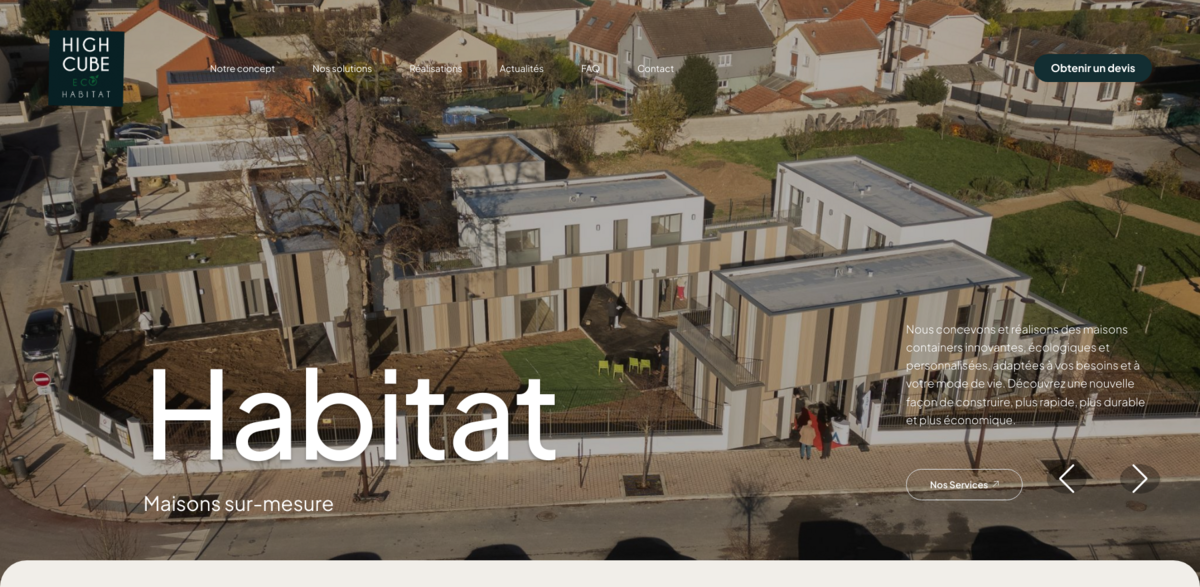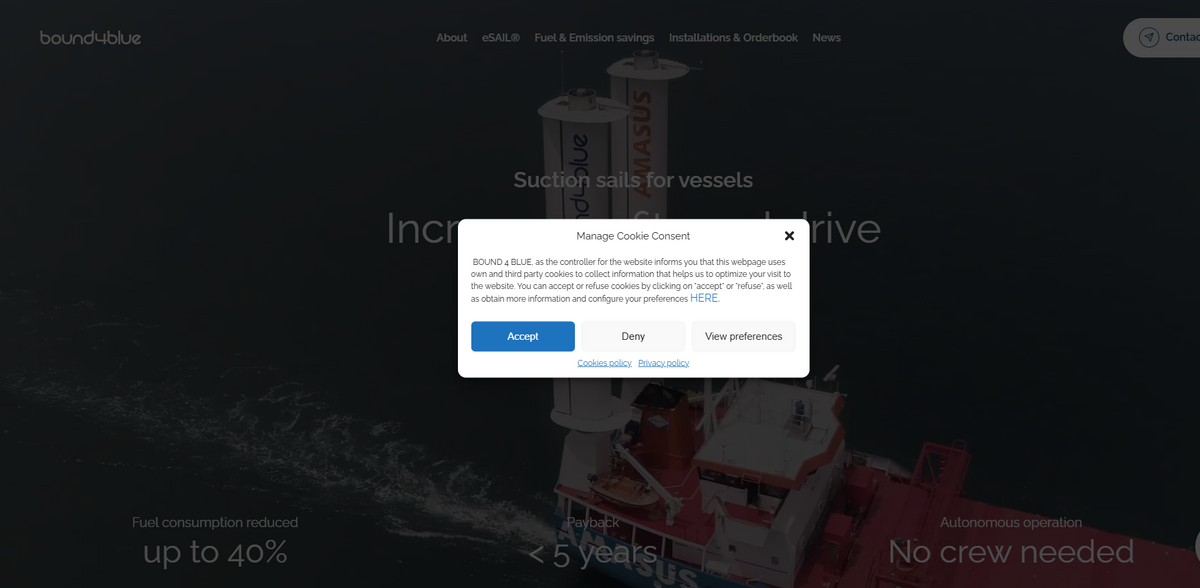What the Project Is
High Cube Eco Habitat is an innovative venture that transforms used maritime containers into eco-responsible, customized container houses. The project designs and builds modern habitats tailored to various lifestyles, offering a construction method that is faster, more sustainable, and more economical. In a world where traditional building methods seem outdated, High Cube Eco Habitat not only recycles containers destined for destruction but also revalorizes them into design-forward, modular construction projects. It’s an embodiment of ecological and architectural ambition—an inspiring sign that progress is already happening, and sometimes, the future is built inside shipping containers…
Main Benefit: Saving Time, Cost, and Carbon
High Cube Eco Habitat provides several key environmental, economic, and construction benefits, making it a true game-changer in sustainable building. The approach considerably reduces construction times and costs while dividing the carbon footprint by three. Some of the impressive figures and facts include:
- 840 million maritime containers produced worldwide
- Each 40-foot container offers 28 m² of living space
- Collectively, abandoned containers represent 23.5 billion m² potentially usable
- Every recycled container saves 4 tons of steel
- Each conversion prevents 7.2 tons of CO₂ emissions
- Global recycling of these containers could prevent 6 billion tons of CO₂ (equivalent to 12 years of emissions from global civil aviation)
- An average of 20 m² is needed per person, which means the potential to house 1.2 billion people
Our Expert Manufacturing Process
The process of transforming a standard container into a modern living space is both methodical and innovative. It all starts with choosing the right container—maritime containers that meet strict ISO standards are selected for their extremely strong Corten steel structure. This choice ensures high fire resistance and durability against harsh environmental conditions. Once the containers arrive in their raw state at the production facility in Châlons-en-Champagne (51000), transformation begins. Remarkably, the modules leave the workshops already 80% finished before being installed on the designated land, making on-site assembly quicker and more efficient…
Modular and Adaptable Construction
After the initial transformation, the finishing steps truly set the project apart. The process continues with assembly—modules are precisely placed on the site using a crane and then welded together to form a single, cohesive block. This modular approach allows containers to be stacked up to six levels high, creating unique and versatile living spaces. This construction technique not only offers flexibility in design but also adapts seamlessly to varying landscapes and lifestyles. Every detail of the project, from breaking down the traditional construction mold to embracing off-site building methods, reflects an effort to make housing more accessible and dynamic.
Architectural and Ecological Innovation
High Cube Eco Habitat stands as a beacon of modern architectural innovation. With a focus on ecological design, each container house supports the emerging trend toward a more sustainable future. The project emphasizes viable innovation and ecology—choosing a construction solution that is environmentally friendly, modular, and adaptable. The integration of smart design with practical sustainability measures means that even as modern aesthetics are maintained, functionality and reduced environmental impact remain at the forefront. The result is a habitat that is contemporary, modular, and infinitely adaptable, pushing boundaries on what sustainable construction can achieve.
Project Impact on Sustainable Development Goals
- Goal 11: Sustainable Cities and Communities – by providing innovative, eco-friendly housing alternatives
- Goal 9: Industry, Innovation, and Infrastructure – through the transformation of maritime containers into durable and modern infrastructures
- Goal 13: Climate Action – by significantly reducing CO₂ emissions and saving valuable steel resources
- Goal 12: Responsible Consumption and Production – utilizing existing resources and repurposing them into high-performance habitats
Truly the Future of Sustainable Living
High Cube Eco Habitat redefines what it means to build for the future. With expert support from A to Z—from design to turnkey delivery—the project offers not only a faster and more cost-effective construction alternative but also one that respects and enhances our natural environment. The blend of innovative transformation techniques and thoughtful assembly processes ensures that the final result is a living space that is both modern and environmentally sustainable. This dynamic construction method, which alters and improves upon the traditional on-site building process, represents a significant leap forward in how housing can adapt to the evolving needs of a changing world. Given its promising environmental impact and the way it leverages abandoned resources, the project truly exemplifies the potential for recycling to reshape sustainable urban landscapes and communities.





















